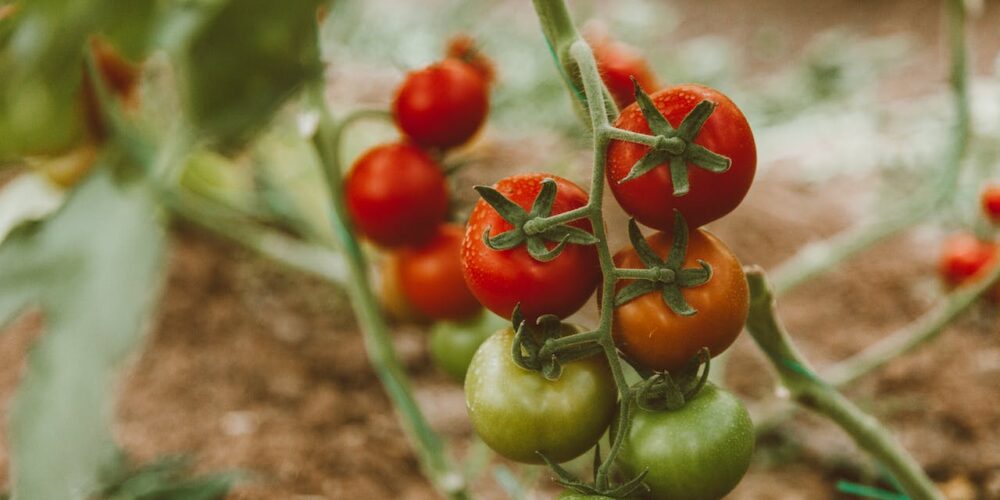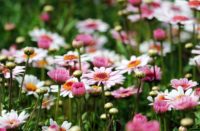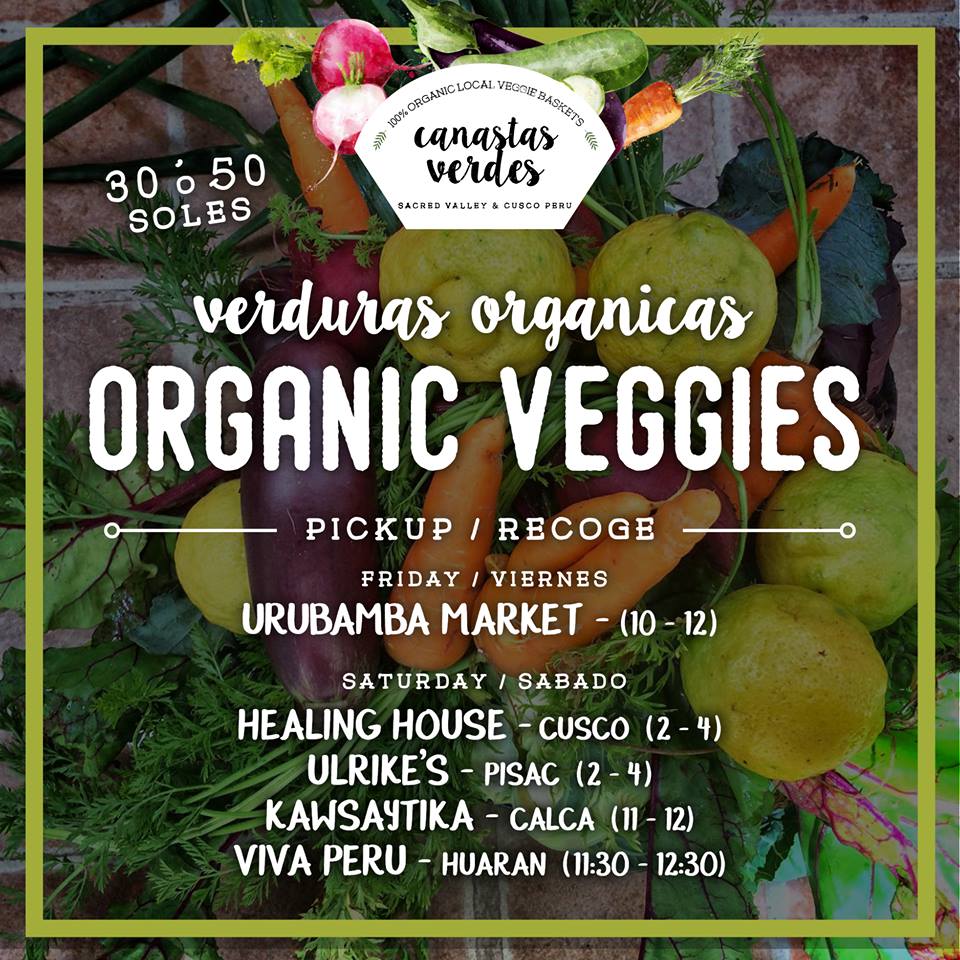Gardening in the Sacred Valley is easier than you think! Just follow these tips
By Michael Morris
Many people are aware that the Sacred Valley of the Incas supplied vegetables, herbs and even medicinal herbs for the entire Incan empire. From Columbia to Chile, the entire Andean stretch of Incan civilisation was sustained with food grown right here in the Sacred Valley. That was mainly due to the fact that our unique climate provides year-round gardening of most varieties. Oh, and the fact that the sun is so strong here, you can almost hear the photosynthesis!
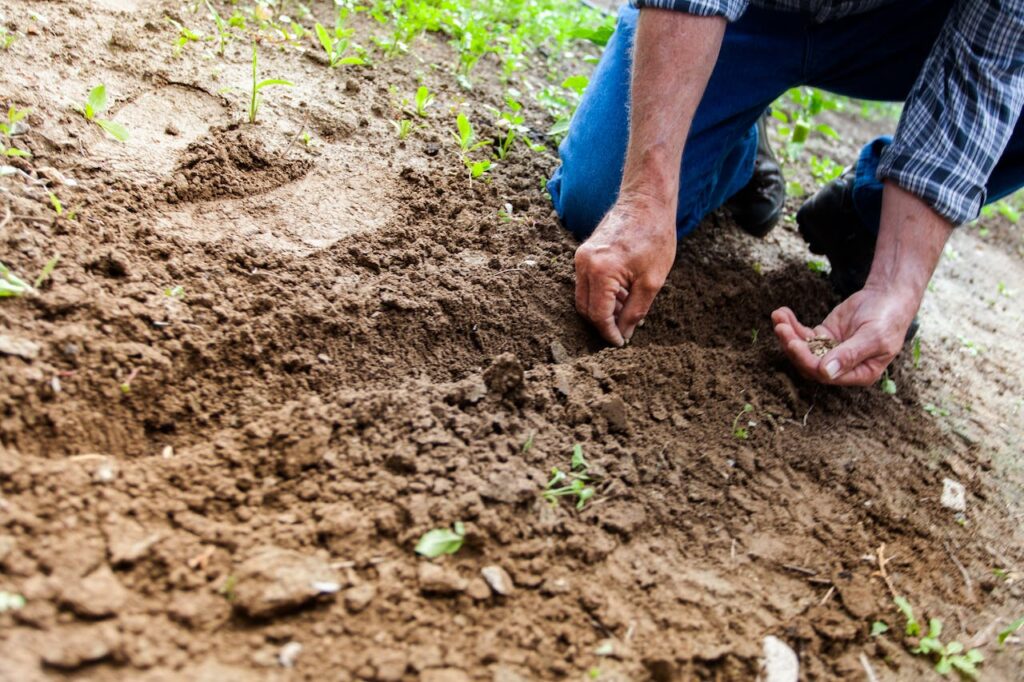
Good things grow here
Here’s another fun fact: two of the world’s favourite foods were born right here. Yep, I’m talking tomatoes and potatoes.
Before the 1500s, when the Spaniards brought potatoes and tomatoes back to Europe, the Italians had zero tomatoes and the Irish had no idea what a potato was. Today, there’s a laboratory near Chinchero whose sole purpose is to preserve the original varieties of potatoes found here. All 5600 of them!
More on that in another article.
So now that you are aware of the incredible cultivation history of this region, let’s talk about how to get your garden thriving to Incan levels of prosperity.
Before planting anything, there are a few issues to address. These are:
- Site location
- Sun patterns
- Soil conditions
- Water sources
- Plant nutrients
- Pest control
Let’s go through these one by one, below.
What to consider before gardening in the Sacred Valley
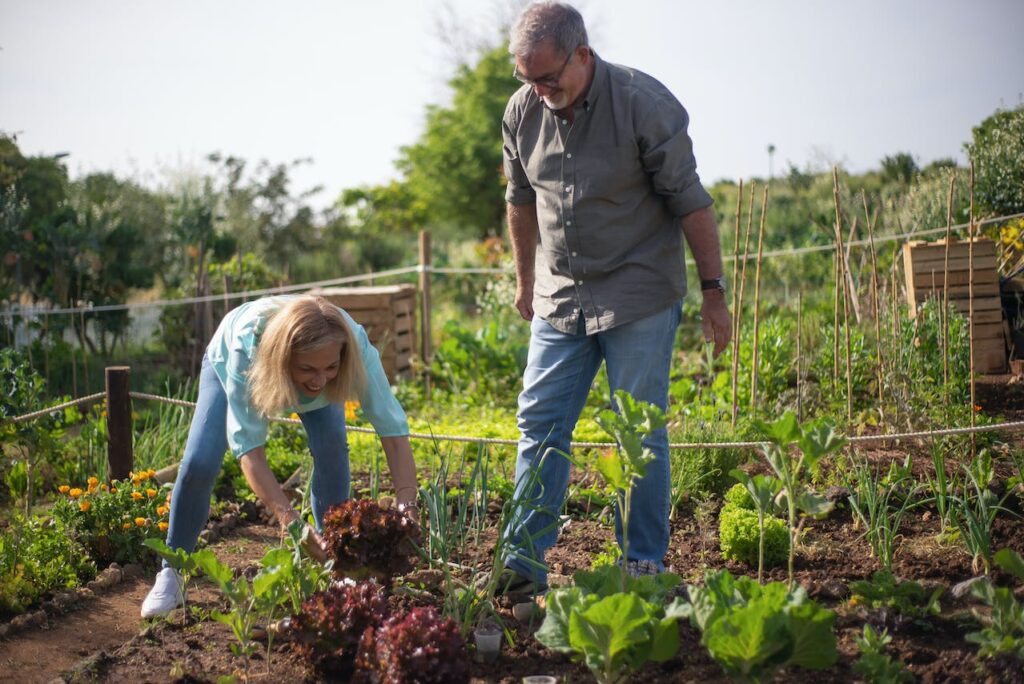
1. Site Location
If you’re choosing a location that’s best for gardening in the Sacred Valley, try to avoid slanted terrain. Planting in the most level region of your property will help the distribution of water to the garden. Also choose a site that’s well protected from strong winds. Tall trees, adobe walls, and even plastic shields can help with this.
2. Sun Patterns
Because of our proximity to the equator, we only get about one hour of variance in the length of sun exposure during the day. However, the angle and path of the sun shift quite dramatically during the year. And that can make big differences when you’re gardening in the Sacred Valley.
It’s wise to study the path of the sun throughout the year before choosing your garden site or even buying property. There are towns in this valley that get very little direct sunlight, because they are tucked in between mountains that block exposure to the sun. That being said, there are other towns, like Huicho, that get loads of sun all year round. If you’re not sure, ask a neighbour or a local farmer to point to where the sun rises and sets at the summer and winter solstices. You will be amazed at how dramatic the shifts can be, and you will understand how important it is to choosing a site location for your garden.
3. Soil Conditions
This is another important consideration for home gardening in the Sacred Valley. Sure, this is one of the most fertile regions of the Andes. And yes, it has been farmed for hundreds and hundreds of years. But recent use chemicals and monoculture has damaged the soil badly.
Indigenous varieties like papas, quinoa, fava beans, corn and so on do quite well with the local soil. However, most soils are relatively poor in nutrients for a truly varied home garden. So, what’s the solution? You can amend your soil by digging deep, removing all rocks, and potentially adding topsoil, black earth and composted manure to the upper layers.
4. Water Sources
Water is fundamental to home gardening in the Sacred Valley. It’s important to understand that there are about five months of the year with barely a drop of rain. Thankfully the Incas or their forbears resolved that with a system of waterways throughout the valley that provide water year-round, called Acacias. Locals call them ‘sequias’ today.
Make sure your garden plot or the property you are buying is close enough to access one of these waterways, and that you have legal rights to use it. Some are lucky enough to have natural springs or access to a river on their property. If not, make sure you have access to the sequia or you will be without water for about half the year.
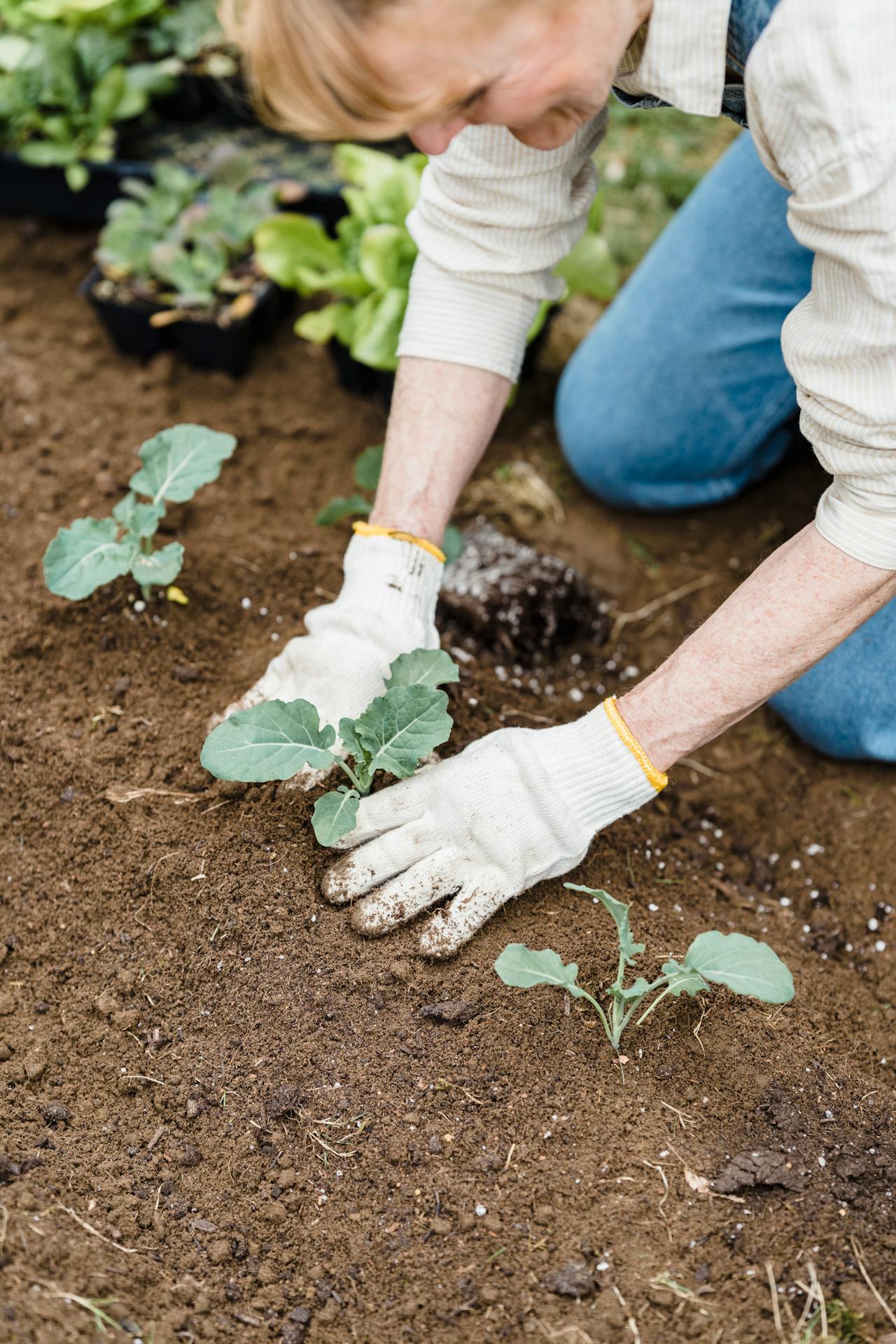
5. Plant Nutrients
These are vital to home gardening in the Sacred Valley. Fortunately, thanks to the presence of many animals, there’s plenty of manure (guano) here. Alpaca and cuy (guinea pig) manure can be an added directly to your garden bed. But cow, horse and chicken manure must be composted for a minimum of one year before adding to your garden beds. Pig manure is definitely not recommended. Make sure when adding manure to your garden bed that you distribute it well. Water it in. You don’t want it to be too hot or highly active when you do your planting or it can burn the roots of your plants.
Manure ‘tea’ is also an excellent way to add nutrients to an existing garden bed. Just take a couple of shovels of manure and tie it up in a porous bag like burlap or any woven bag, drop it in a big bucket or trashcan with 10 or 20 gallons of water and steep it for a week. At feeding time add a couple of cups of manure tea to a couple of gallons of water and fertilise at the base of your plants. It’s always best to follow a feeding with a quick shot of water to make sure there is none on the plant itself and that the nutrients penetrate the soil.
6. Pest Control
One of the best things about gardening in the Sacred Valley is the fact that there are few bugs. They just don’t like high altitude. There are the occasional aphids and perhaps a handful of other pests that like vegetable and herb gardens. Interplanting with garlic and onions or marigolds does a nice job of keeping bugs at bay. A mild garlic spray also works well. Still plagued by bugs? Try adding rocoto pepper to your garlic spray. That wil repel just about anything, but if the problem persists, a dash of mapacho tobacco will definitely do the trick.
Please don’t use chemicals. There’s really no need! Let’s keep this Valley Sacred.
Conclusions
